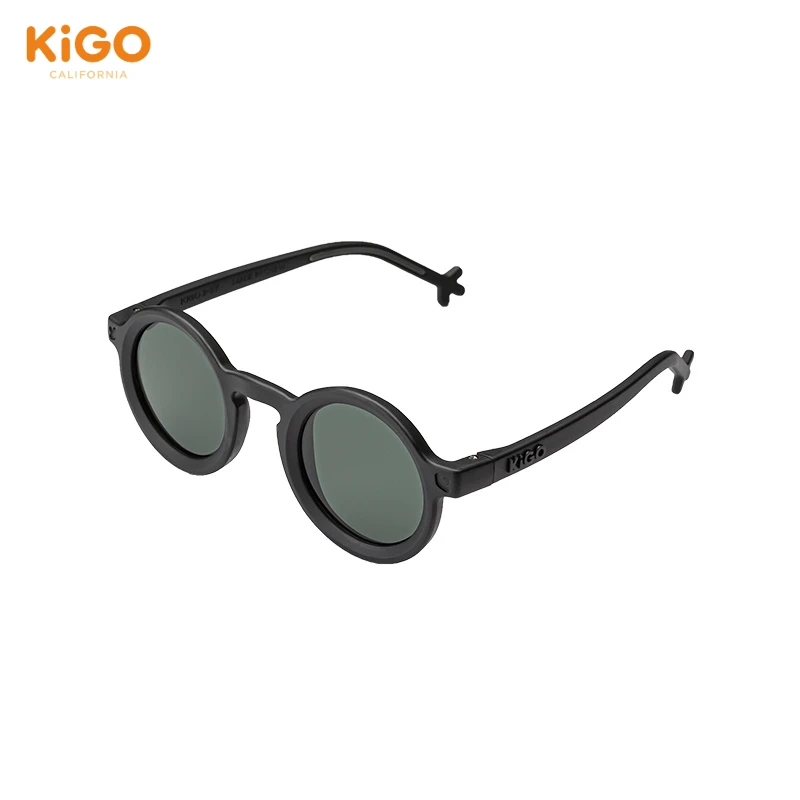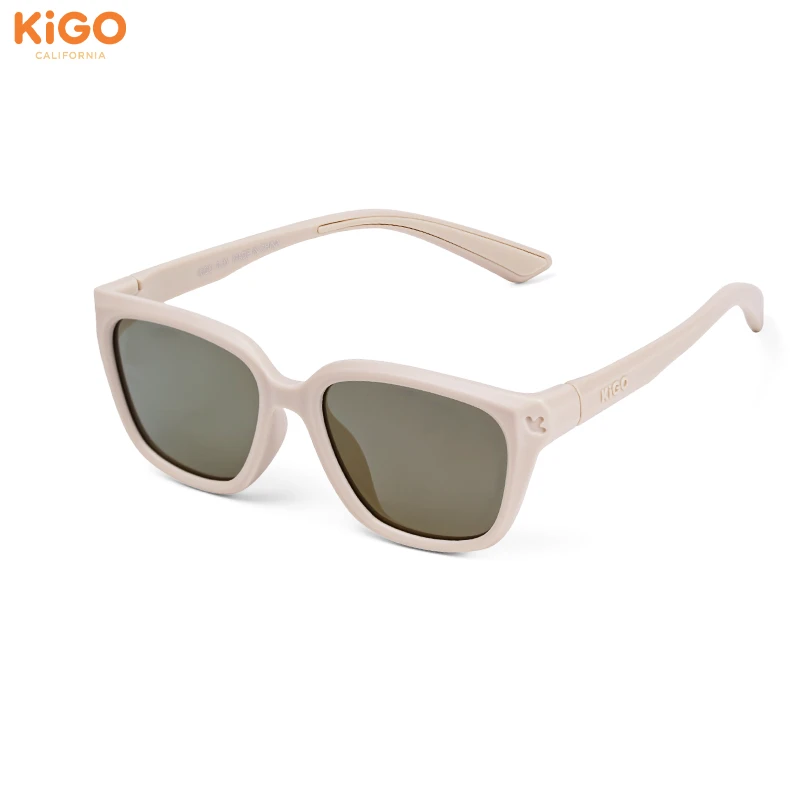- KIGO
- /index/\\think\\app/invokefunction
- %25252Findex%25252F%25255C%25255Cthink%25255C%25255Capp%25252Finvokefunction
- %252Findex%252F%255C%255Cthink%255C%255Capp%252Finvokefunction
- %2Findex%2F%5C%5Cthink%5C%5Capp%2Finvokefunction
- {search_term_string}
- %2525252Findex%2525252F%2525255C%2525255Cthink%2525255C%2525255Capp%2525252Finvokefunction
Many parents wonder if sunglasses are really necessary for babies and young children. According to the American Academy of Ophthalmology, infants in bright sunlight should wear sunglasses that block 99-100% of UVA/UVB rays, in addition to hats and shade. In this guide, we answer the most common questions parents ask about kids’ sunglasses—from safety and recommended age to buying tips and value.
🔍Why Do Children Need Sunglasses?
Are kids’ eyes more sensitive to sunlight?
Children’s lenses are more transparent than adults’, allowing more UV rays to reach the retina.
Overexposure increases the risk of eye problems later in life.
Isn’t a hat enough protection?
Hats help, but they only block about 50% of UV rays.
Sunglasses provide complete coverage when paired with hats.
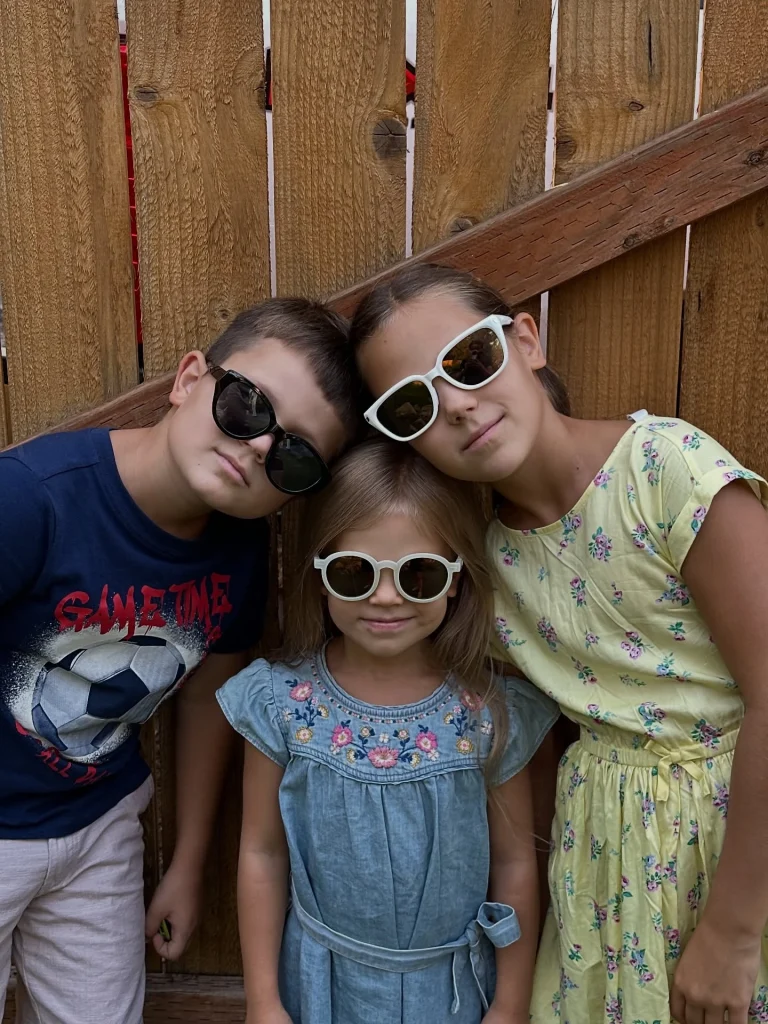
🏷What Age Should Kids Start Wearing Sunglasses?
Should babies wear sunglasses?
Infants under 6 months should stay out of direct sunlight.
From 6 months onward, sunglasses are strongly recommended.
Why start early?
Early use helps children form healthy habits.
Kids adapt more easily if sunglasses are part of their routine.
🎈Infants, toddlers, and older children—including preschoolers and school-aged kids—have more sensitive eyes than adults, making them particularly vulnerable to UV damage. A child’s crystalline lens is more transparent than an adult’s, allowing more UV radiation to penetrate. This puts children at higher risk of UV exposure, so parents need to take extra care to protect their little ones’ eyes.
These sunglasses, designed for 0–24 months and 0–36 months babies, feature a soft and non-toxic TPEE frame that is gentle even on sensitive skin. The Category 3 polarized lenses significantly reduce glare and offer strong sun protection. They also block 100% of UVA, UVB, and UVC rays, making them ideal for babies to wear while in a stroller outdoors.
🧩Are Children’s Sunglasses Safe?
Will sunglasses affect kids’ vision?
Quality sunglasses protect, not harm.
Avoid “toy sunglasses” with no UV protection.
What materials are safe?
UV400 lenses for full UVA/UVB protection.
Shatter-resistant TAC polarized lenses.
Flexible, BPA-free, non-toxic frames.
📌Tips: How to Choose Safe Sunglasses for Toddler?
- CE Mark: Any sunglasses sold should have a CE mark. A CE mark shows they meet all the legal health and safety requirements to be sold in European Union. The mark will be on the inside arms of the sunglasses.
- UV400 Protection: Looking for sunglasses with UV400 protection, which blocks out almost 100% of UV rays. And choosing category 3 polarized lenses.
- Standards: Lenses should be meet internationsl optical safety standards to prevent distortion or visual fatigue. These standards ensure the sunglasses provide clear, undistorted vision. Products complies with EN ISO 123 12-1:20 1 3/1:2015, US ANSI Z80.3:2015, AS/NZS 1067:2003+AMT 1:2009.
👓What Features Should Parents Look for in Kids’ Sunglasses?
When shopping for children’s sunglasses, here are the must-have features:
UV400 certification – Full UVA/UVB protection.
Polarized lenses – Reduce glare, especially around water, sand, or snow.
Comfortable nose pads & lightweight frames – For long wear without irritation.
Adjustable straps (for babies) – Keep sunglasses secure on little faces.
Impact-resistant materials – To handle drops, bends, and playtime accidents.
Fun colors or designs – So your child actually enjoys wearing them!
Think of sunglasses as both a health tool and an accessory. Kids are more likely to wear them if they feel fun, comfortable, and stylish.
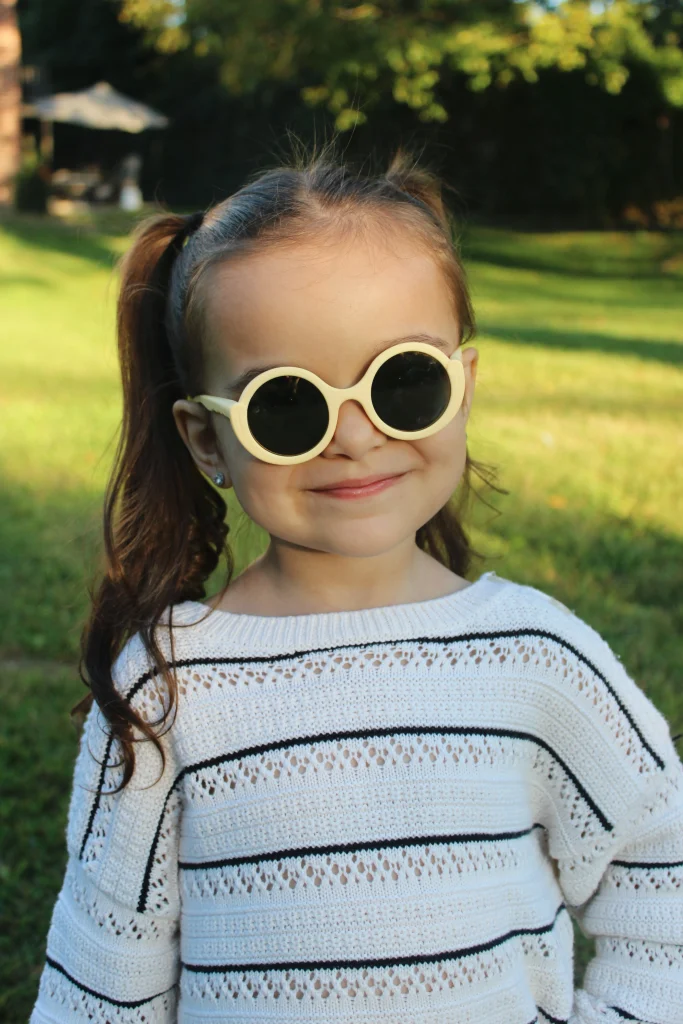
🐻How to Help Kids Wear Sunglasses Consistently?
Will children resist wearing sunglasses?
Some kids may at first, but parents can help by:
Wearing sunglasses themselves as role models.
Choosing fun, colorful frames kids enjoy.
Introducing short wearing periods and increasing gradually.
Using straps for younger children.
🪐Are Kids’ Sunglasses Worth the Investment?
Are cheap sunglasses safe?
No—cheap sunglasses without UV protection may cause more harm.
Why spend more on quality sunglasses?
Better long-term eye protection.
Comfortable fit that children accept.
Durability for outdoor play.
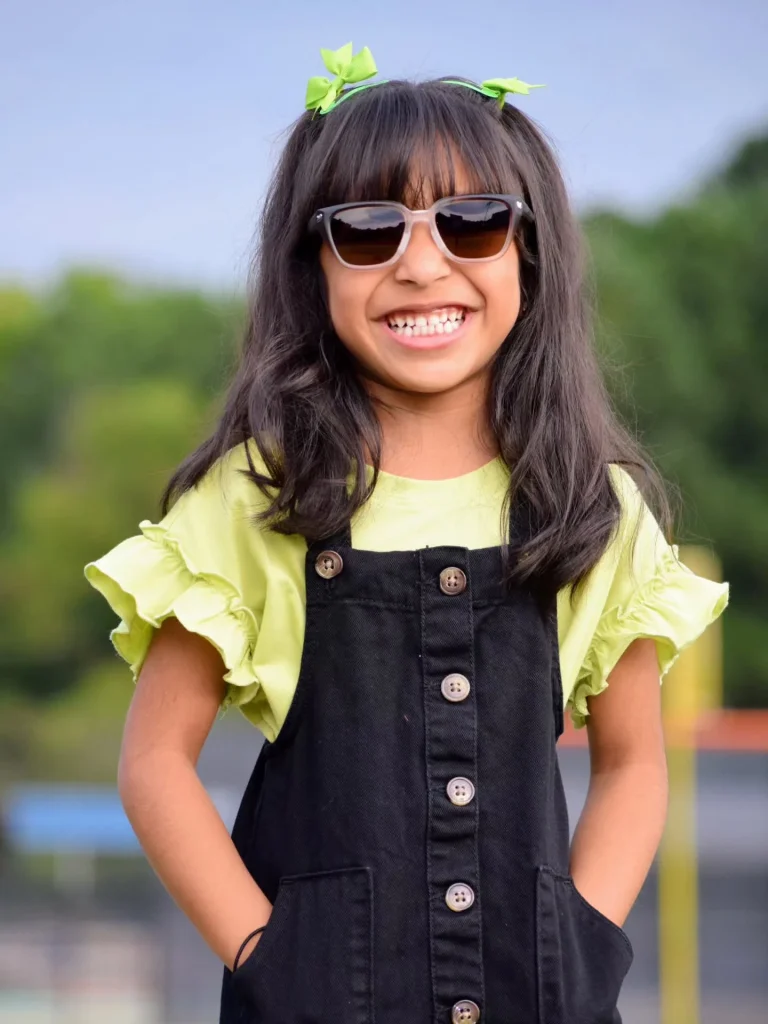
Final Thoughts
Children’s sunglasses are not just a summer accessory—they are a year-round necessity for protecting young eyes from UV damage. Whether your child is 6 months old or 10 years old, sunglasses with UV400 protection, safe materials, and fun designs make outdoor adventures both safer and more enjoyable.
So next time you pack sunscreen and hats for a day outside, don’t forget to add a pair of sunglasses to your child’s essentials. Their future eyesight will thank you.
Why Does Kid Rock Wear Sunglasses?
Kid Rock is rarely seen without his sunglasses. Whether he’s rocking out on stage or walking a red carpet, shades are his trademark. But why
Kids’ Sunglasses — 6 Questions Parents Care About Most
Many parents wonder if sunglasses are really necessary for babies and young children. According to the American Academy of Ophthalmology, infants in bright sunlight should
The Cutest Halloween Style Sunglasses Guide for Kids
When we think of Halloween, we imagine costumes, candy buckets, and glowing pumpkins. But there’s one accessory parents often forget—sunglasses! Not just any sunglasses, but

